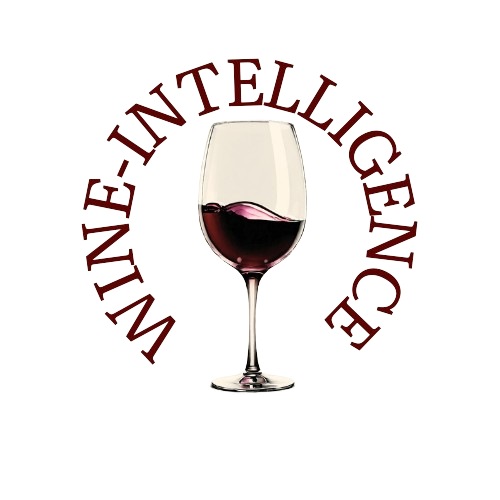The European Union is set to introduce significant changes to its wine sector regulations under the "Wine Package," an initiative expected to be announced by EU Agriculture Commissioner Christophe Hansen.
These measures, designed in response to industry consultations through the EU High Level Wine Group, will address production potential, promotional strategies, and labelling standards. However, these proposals must still undergo review by the EU Council and Parliament before implementation.
Key Measures on Production and Planting Rights
One of the most notable adjustments in the "Wine Package" is the extension of authorization periods for new vineyard plantings. Instead of the current system, which requires action within a shorter timeframe, authorizations will now last up to eight years, allowing greater flexibility for winegrowers. Importantly, producers will be able to renounce authorizations—both for new plantings and those derived from planting rights issued before January 1, 2025—without penalties, provided they notify authorities by December 31, 2026.
Additionally, EU member states will be permitted to restrict vineyard expansion in regions where intervention measures like green harvesting, distillation, or uprooting have been implemented. This provision gives individual countries the power to control vineyard growth at national or regional levels, ensuring a balanced approach to production and market stability.
Financial Support and Promotional Initiatives
Under the new framework, promotional efforts in third countries will benefit from an extended consolidation period, increasing from three to five years. Small and medium-sized enterprises (SMEs) will see an increase in co-financing rates for climate change mitigation interventions, rising to 80% of total costs. Notably, producer organizations will also be eligible for this enhanced support.
Another critical update is the expansion of wine tourism promotion. While previously limited to recognized inter-professional organizations, protection consortia will now be able to access funding, helping to boost tourism-driven wine marketing.
New Labelling Regulations and QR Code Integration
The "Wine Package" also introduces substantial changes to labelling requirements. The European Commission will gain exclusive authority over QR code regulation, including the use of pictograms or symbols to provide ingredient details. This shift aims to streamline consumer access to product information while maintaining uniformity across EU markets.
For no- and low-alcohol wines, specific labelling adjustments will clarify alcohol content levels. Fully dealcoholized wines will be labeled as “zero alcohol” if they contain up to 0.05% ABV or “alcohol-free” if between 0.05% and 0.5% ABV. Partially dealcoholized wines will carry the description “low alcohol content” instead of “partially dealcoholized,” provided they remain below the standard minimum alcohol level for traditional wine categories.
Additionally, the method used for dealcoholization must now be indicated on the label, ensuring transparency for consumers. Sparkling wine production will also see changes, with regulations allowing second fermentation or gasification as acceptable methods for achieving effervescence.
Future Outlook and Industry Implications
The "Wine Package" represents a strategic move to modernize the EU wine sector while addressing climate change, shifting consumer trends, and economic challenges. The extension of planting rights, increased financial aid for SMEs, and adjustments in promotional funding reflect a focus on long-term industry resilience. At the same time, the new labelling regulations align with broader transparency initiatives within the European food and beverage market.
While these measures will take time to finalize, they signal a transformative period for European viticulture. Winegrowers, producers, and industry stakeholders must stay informed and prepared for the coming regulatory changes to leverage new opportunities and remain compliant with evolving EU standards.

